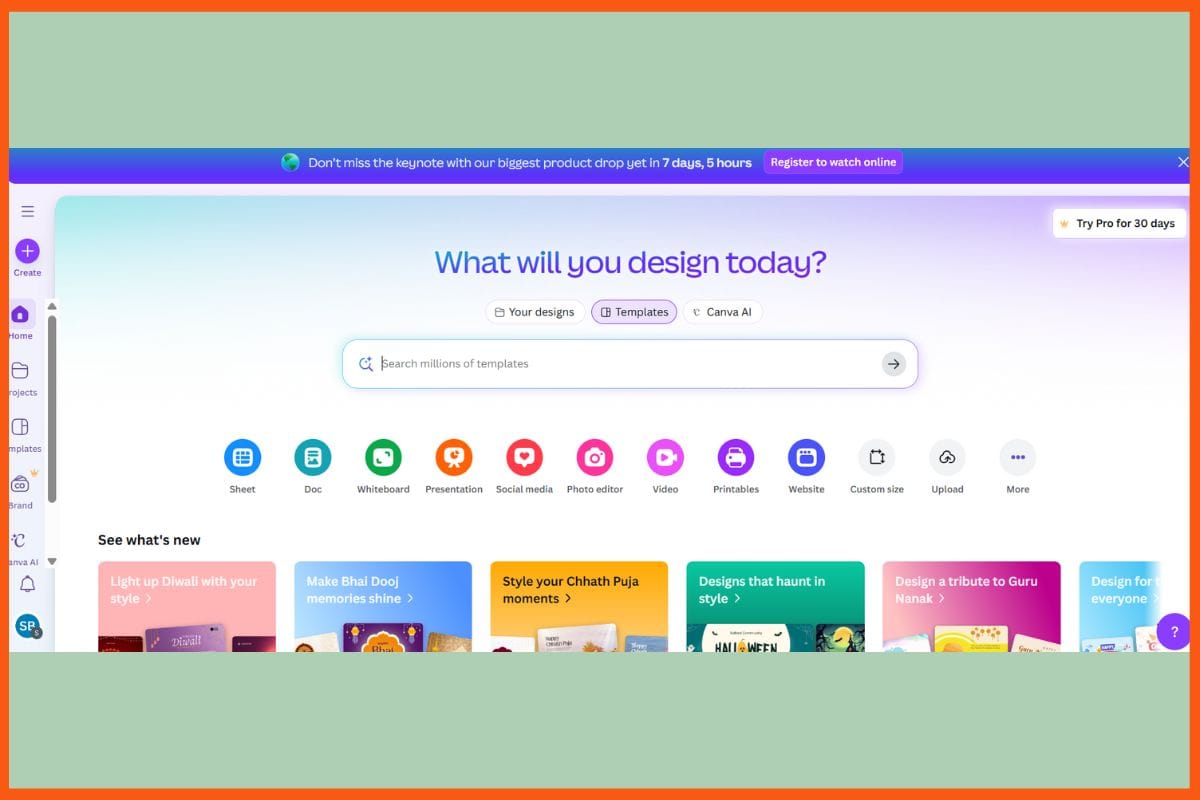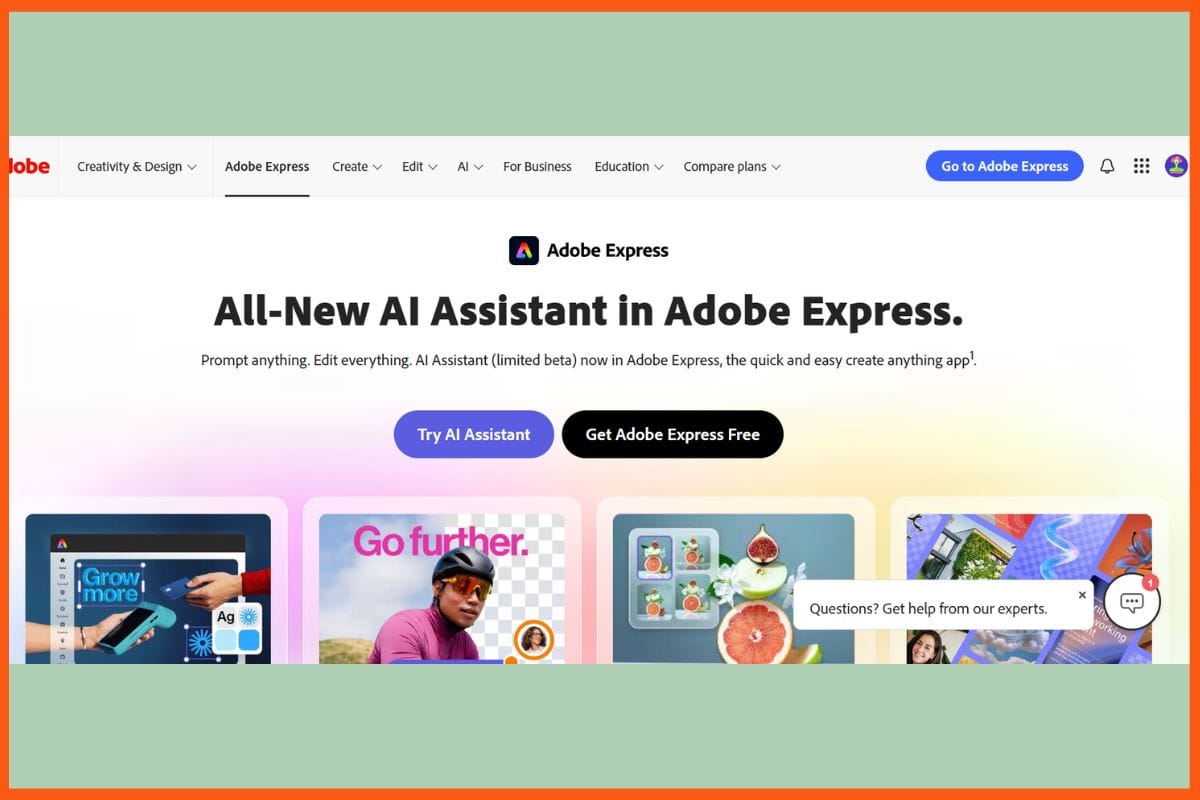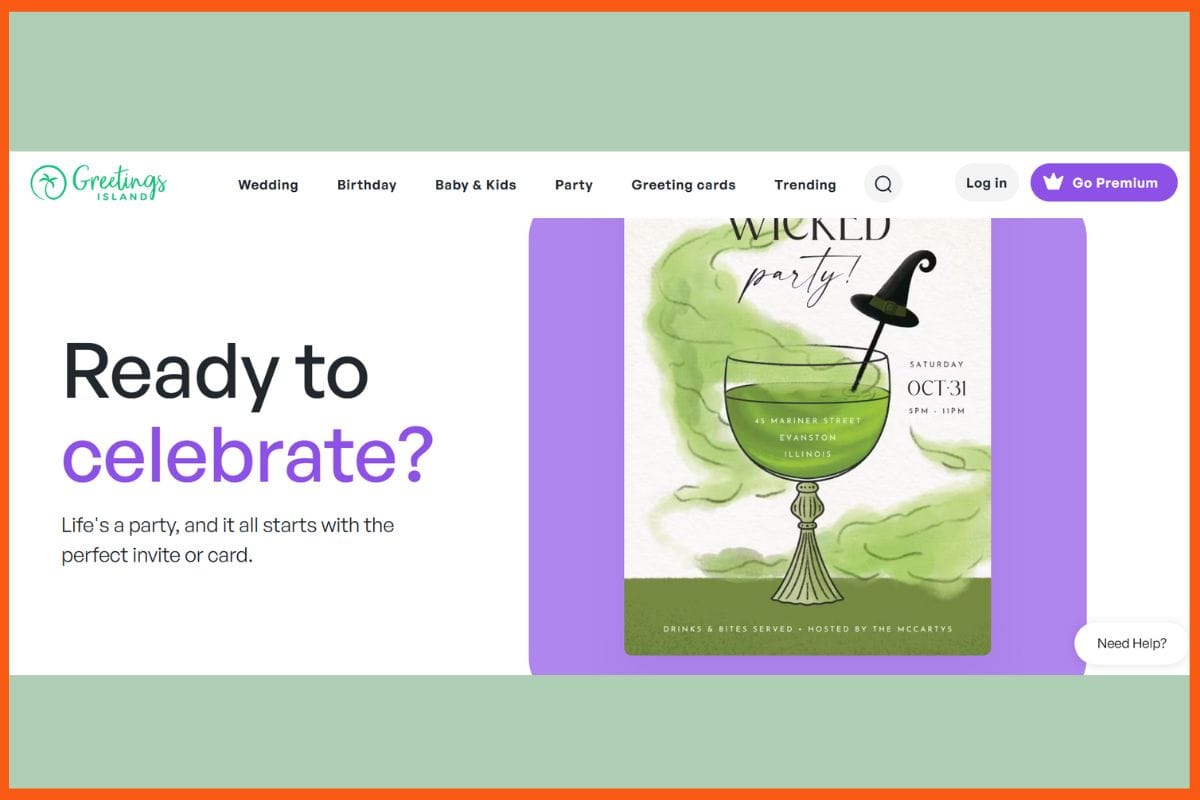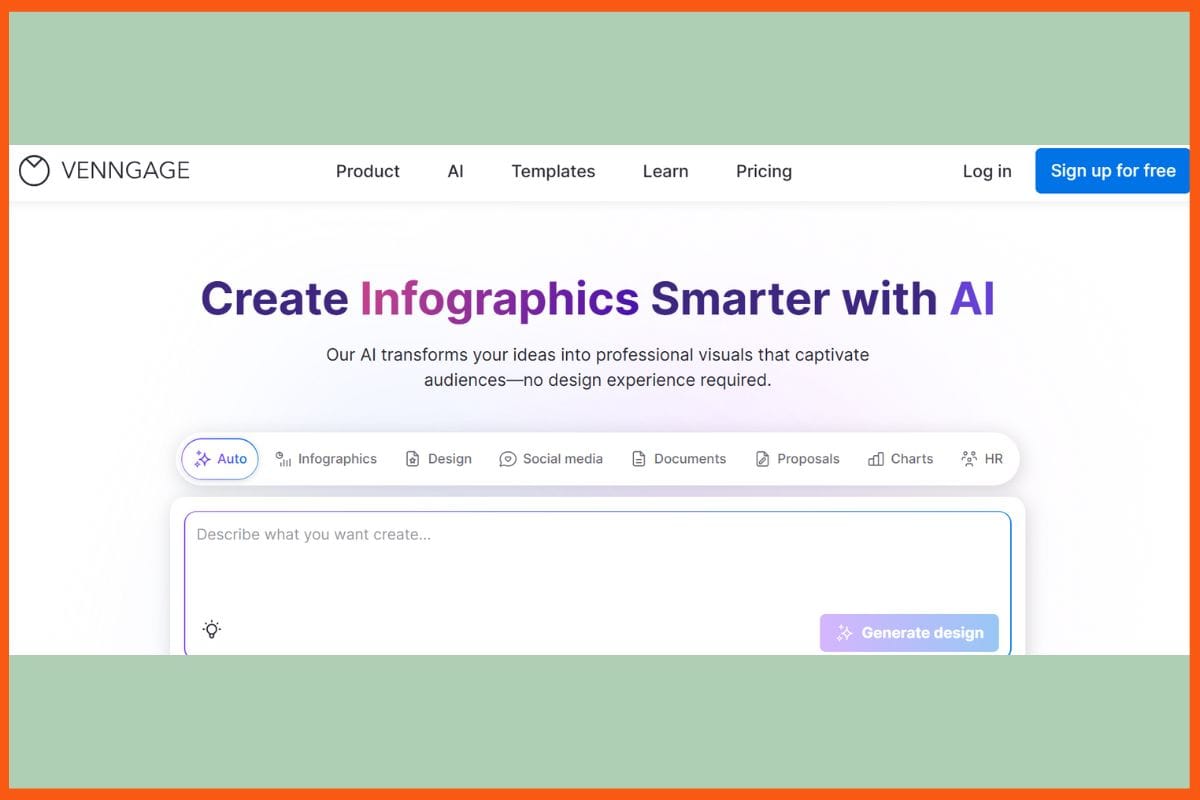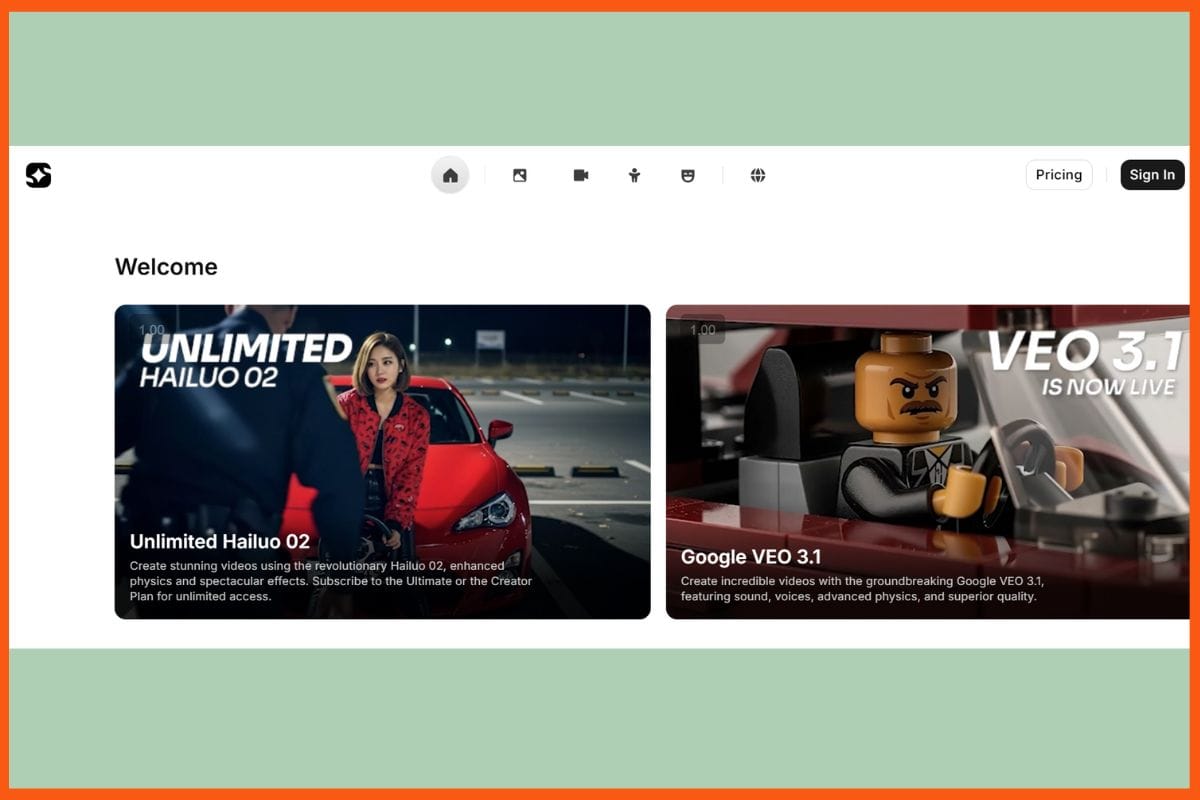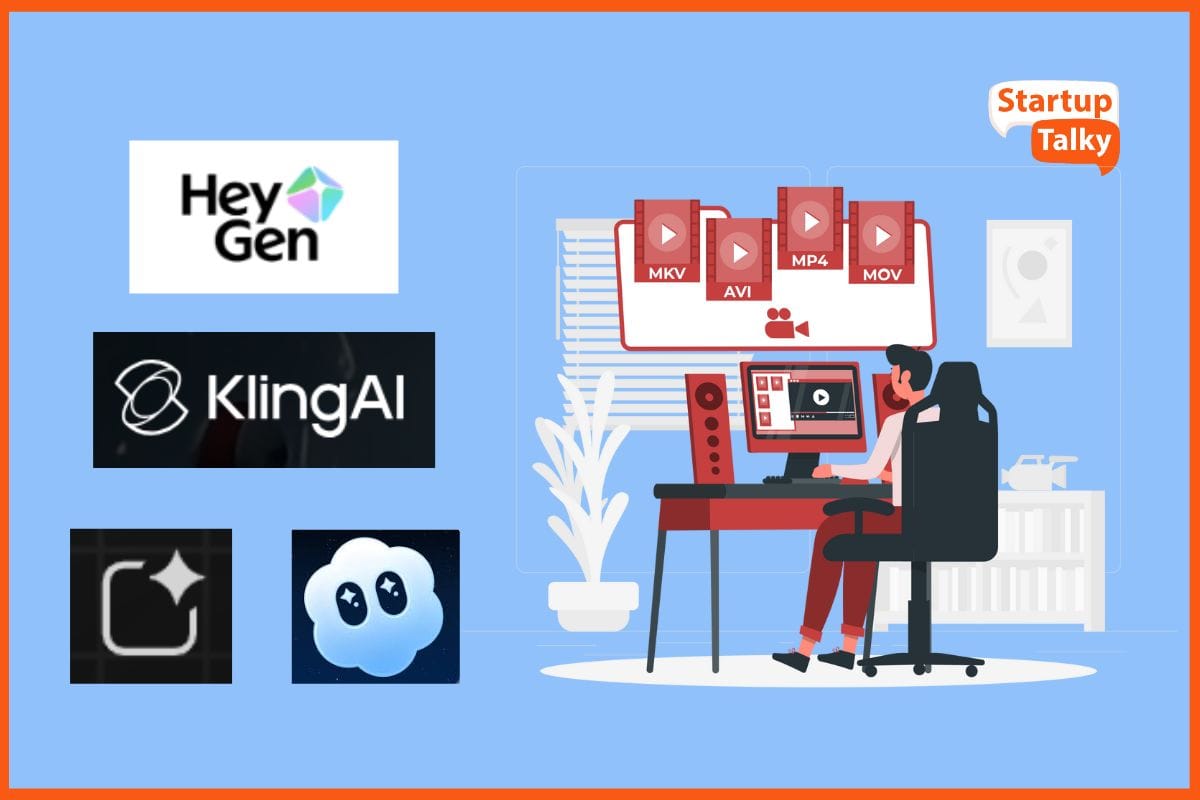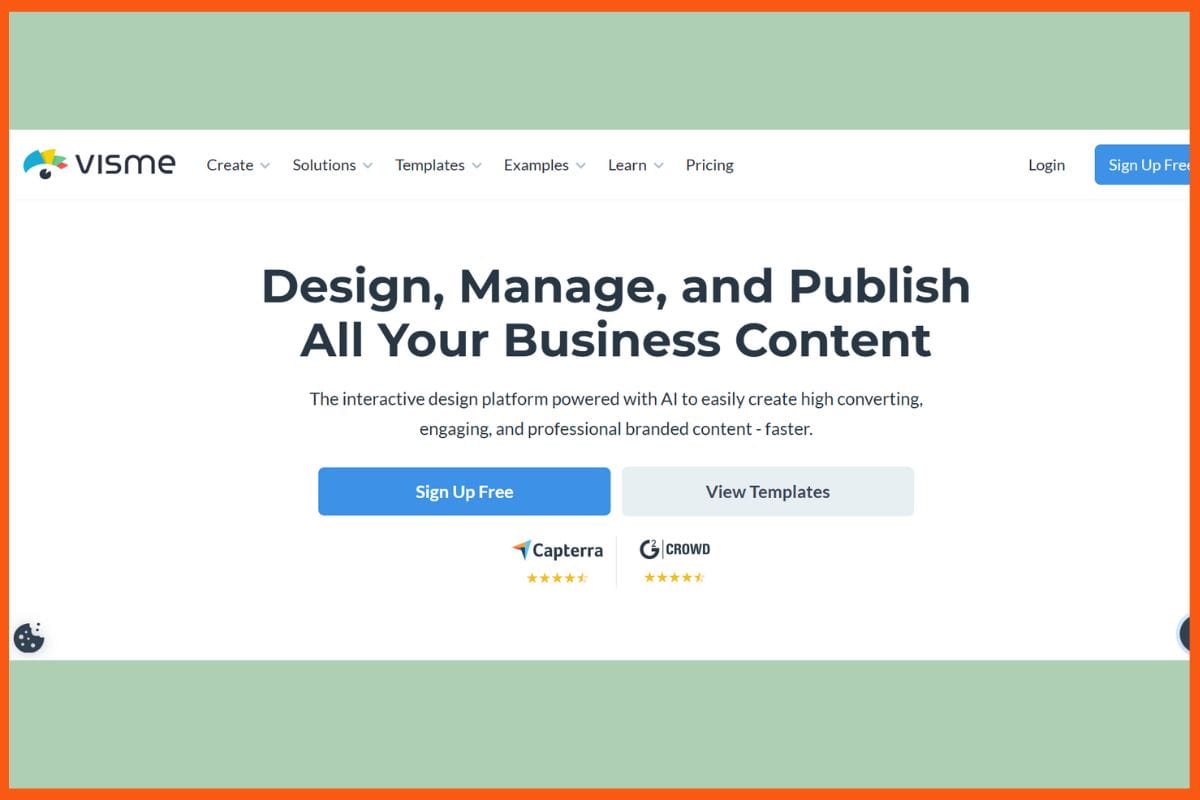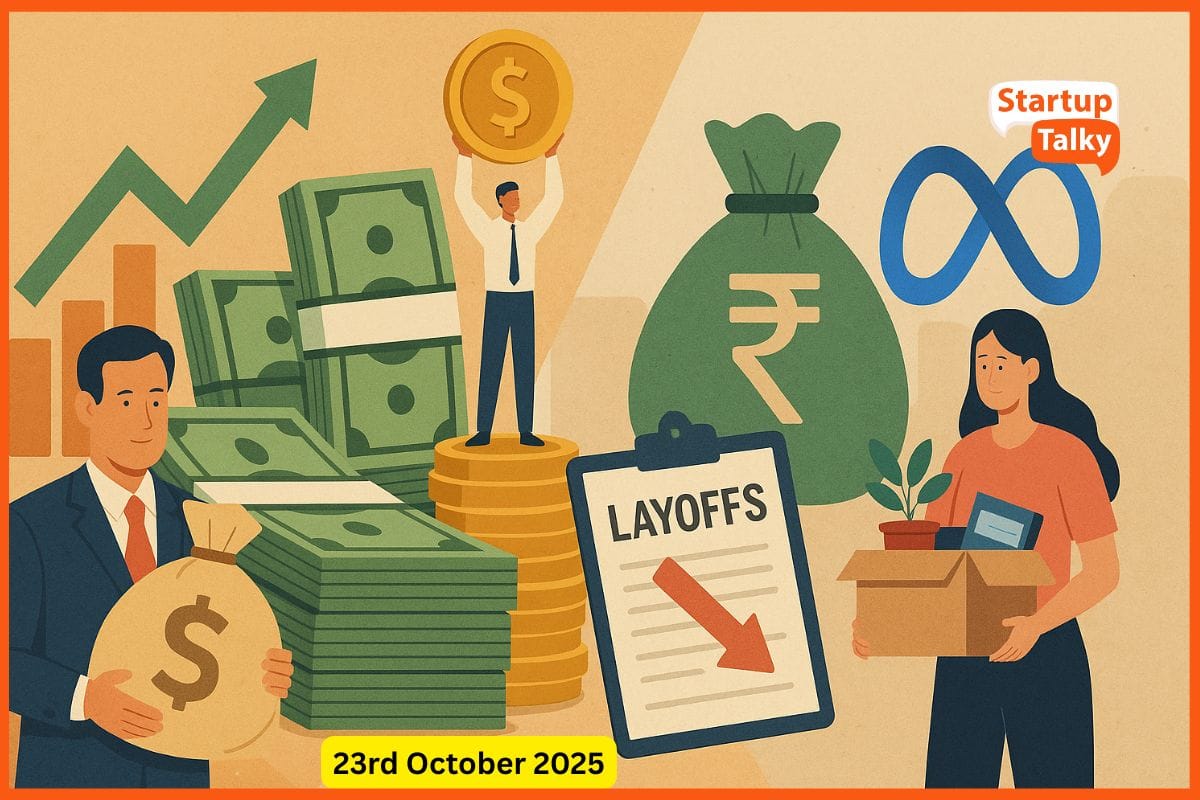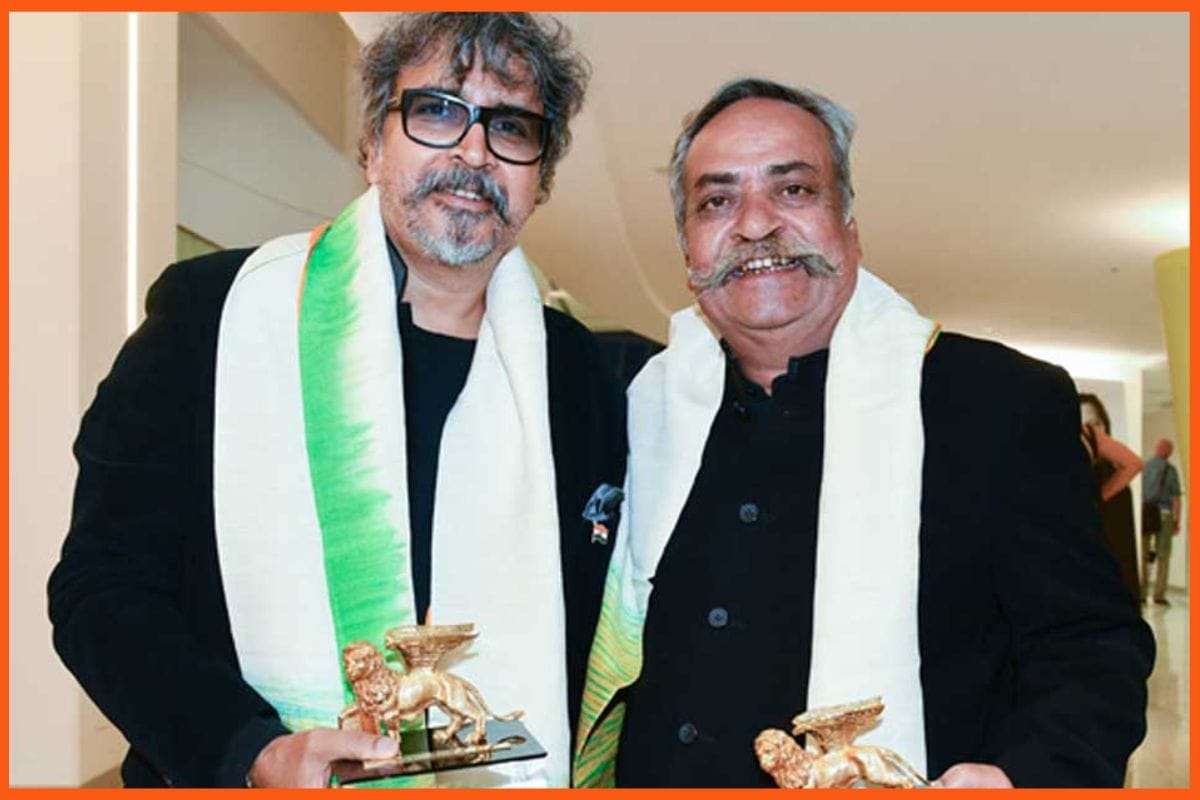The story of Dadasaheb Bhagat is a classic example of entrepreneurial folklore. A tenth-grade dropout who comes from a village hit by drought. A person who came up with DooGraphics, India’s indigenous alternative to Canva.
Bhagat was born in Sangvi Patan in Beed district of Maharashtra. He was brought up in a family that did not place much importance on schooling. He passed his tenth examination and attended only one year of the Industrial Training Institute course.
And then accepted a job in a factory with a salary of INR 4500 per month. Living from hand to mouth, he moved to Pune and got a job at Infosys as an office boy earning between INR 8,000 and INR 9,000 per month.
At Infosys, Dadasaheb’s life changed. While cleaning offices and fetching tea for guests, he watched employees “working on laptops, earning comfortably,” and realized that using one’s mind could lead to a better life.
Curious, he asked for advice and was directed to creative fields. This experience was profound. His childhood was characterized by his fascination with a temple painter living in the neighborhood.
Bhagat transformed himself in a year. He used to study animation and design courses at night and work by day. From an aspiring young artist, he became a professional graphic designer, trading in his non-mechanical tools for a digital tablet.
Dadasaheb Bhagat : Biography
| Name |
Dadasaheb Bhagat |
| Born |
Sangvi Patan, Beed, Maharashtra, India |
| Nationality |
Indian |
| Current Role |
Founder & CEO, DooGraphics (Design Template) |
| Years of Experience |
20+ years in design and enterprise technology |
| Key Achievements |
Founded Ninth Motion (animated design firm), Launched DooGraphics, an AI-driven Canva-like platform, Secured major investment deal on Shark Tank India (INR 1 Cr for 10%) – Trained local youth in graphic design skills |
Dadasaheb Bhagat : Early Life and Education
Dadasaheb Bhagat : Career Beginnings
Birth of DooGraphics, India’s Canva
Dadasaheb Bhagat : Leadership Style
Dadasaheb Bhagat : Recent Statement
A Real-World Example: Shark Tank Success
Dadasaheb Bhagat : Early Life and Education
Limited educational opportunities marked Bhagat’s early life in Sangvi Patan. He completed only his tenth grade and then a year at the Industrial Training Institute. He had a strong interest in art when he was a child.
During his time at a boarding school, a local temple painter taught him to draw. This planted the seeds of creativity and persistence. After finishing his schooling, he left the village and looked for better opportunities in Pune.
Dadasaheb Bhagat : Career Beginnings
Rather than chase a corporate job, Bhagat started freelancing and then built his own company. In 2015, he was even in a serious bike accident, but while resting at home, he created fiery smoke-and-fire animation clips and sold them online. The success was swift: he earned more from these designs than his INR 28,000 salary, and left his job in 2016 to launch his first venture, Ninth Motion. Ninth Motion, specializing in animated design, grew steadily. By 2018, it had a Pune office and a team of 10 to 15 designers working on innovative visual effects for clients like BBC Studios and 9XM.
Throughout this period, Bhagat’s routine exemplified grit and lifelong learning. He balanced jobs with schooling, for example, working midnight shifts at Infosys, then attending daytime diploma classes in multimedia.
His father’s anecdote of wandering from village to village for farm work and doing “many things to earn a living” resonated with Bhagat’s own attitude.
“I have always been keen on learning new things,” Bhagat later explained. “Doing the same thing repeatedly bores me, so I try to bring uniqueness to my work”. This drive helped Ninth Motion reach a turnover of nearly INR 1.8 crore by 2023.
Birth of DooGraphics, India’s Canva
When the COVID-19 pandemic hit, Bhagat’s Pune office had to shut down. Rather than give up, he saw an opportunity. He returned to his village, where living costs were low, and focused on developing an online design product aligned with India’s needs.
From April to November 2020, he and a small team camped out on a hillock near his home, working under tents above a cowshed where the mobile signal was strongest. In those makeshift conditions, Bhagat built an AI-driven graphic design platform called DooGraphics (also known in the media as “Design Template”).
This India-made platform offers a rich library of ready-to-use templates, especially for social media, that users can customize by dragging and dropping elements.
Its interface is made to be extremely user-friendly: from festival greeting cards to business banners, even non-designers can tweak layouts, add images or text, and download their creations for free.
- Hundreds of Design Templates: These are tailored for Indian users, e.g., YouTube thumbnails, celebration greeting cards, banners, and portrait creators.
- Easy Customization: Click-and-drag editing of backgrounds, fonts, colors, and graphics.
- AI-Powered Tools: Smart suggestions and local motifs give each design an Indian flavor. Bhagat specifically built the platform to help small businesses and creators “produce professional-looking graphics, enhancing their brand visibility and driving sales”.
By late 2020, this hustle paid off: DooGraphics had attracted over 1 lakh users globally. One upbeat write-up even claims 94,000+ businesses rely on it for marketing designs.
Local creators and SMEs especially benefited, for instance, a Delhi cafe owner could quickly design a festive menu poster, or a wedding planner could use the Indian wedding templates to make invitations.
Bhagat’s platform thus fills a niche: it reduces India’s dependence on foreign tools by giving Indians world-class design resources on par with Canva.
Dadasaheb Bhagat : Leadership Style
Bhagat leads by example, driven by curiosity and resilience. He credits much of his success to constantly pushing beyond his comfort zone. As he says, “I have always been keen on learning new things. Doing the same thing repeatedly bores me…” an attitude that keeps him and his team focused on innovation rather than routine. At the same time, Bhagat remains community-minded even while building a tech startup from a rural base, he began training local youth in graphic design to help them acquire digital skills.
These traits, creativity, grit, and empathy, define his hands-on leadership style, showing that an entrepreneur from any background can thrive with vision and hard work.
Dadasaheb Bhagat : Recent Statement
Dadasaheb summed up his ethos in a recent interview: “I have always been keen on learning new things. Doing the same thing repeatedly bores me, so I try to bring uniqueness to my work.”.
This statement highlights his constant drive to innovate and push boundaries, qualities that have taken him from an Infosys office boy to the CEO of a growing tech company.
A Real-World Example: Shark Tank Success
Bhagat’s journey began to grab headlines. Media stories highlighted how a former guesthouse attendant in Pune was now creating “India’s Canva.” This resonated at the highest levels. Prime Minister Narendra Modi praised DooGraphics as a symbol of the Make in India spirit.
In September 2023, YourStory reported that even Modi acknowledged Bhagat’s achievement as “icing on the cake” of his rags-to-riches tale.
DooGraphics also caught the eye of Shark Tank India. When Bhagat pitched on the show, he won a deal from boAt co-founder Aman Gupta, INR 1 crore for 10% equity in the company. The moment summed up his journey: stepping onto a national stage as a self-taught villager-entrepreneur. Recalling the pitch, Bhagat said it was “very exciting” even though he got nervous at first.
One juror gave him water and another advised, “don’t pitch like a formal presentation”, and soon his confidence returned.
Final Words
Today, DooGraphics/Design Template competes globally with Canva by focusing on Indian needs. Its impact can be seen in numbers and testimonials: small shop owners, teachers, students, and bloggers across the country use the platform for their content. By offering free templates and an intuitive editor, Bhagat’s platform has empowered users who might otherwise hire expensive designers or rely on generic Western templates.
As one report notes, his goal is “to make India self-reliant in digital design by helping local creators, students, and small businesses grow in the digital economy.” This homegrown tool also speaks Indian: it’s packed with cultural elements that foreign products lack, helping users create more authentic communication.
In Bhagat’s own words, “passion, hard work, and creativity” meant that “no dream is too big, and no starting point is too small.” From an Infosys guesthouse to running India’s Canva-like platform, his journey embodies the new wave of Indian entrepreneurs, driven by vision, not by pedigree, and ready to build world-class products on home soil.
FAQs
Who is Dadasaheb Bhagat?
Dadasaheb Bhagat is an Indian entrepreneur, designer, and founder of DooGraphics, a Made-in-India alternative to Canva.
What is DooGraphics (Design Template)?
DooGraphics, also known as Design Template, is an AI-powered graphic design platform developed by Dadasaheb Bhagat. It allows users to create posters, social media creatives, banners, and invitations using drag-and-drop templates tailored for Indian festivals, brands, and businesses.
What is Dadasaheb Bhagat’s educational background?
Dadasaheb Bhagat completed only his 10th grade and attended one year of an Industrial Training Institute (ITI) course. Despite limited formal education, his self-taught design skills and passion for learning helped him transform from an Infosys office boy into a successful tech founder.

